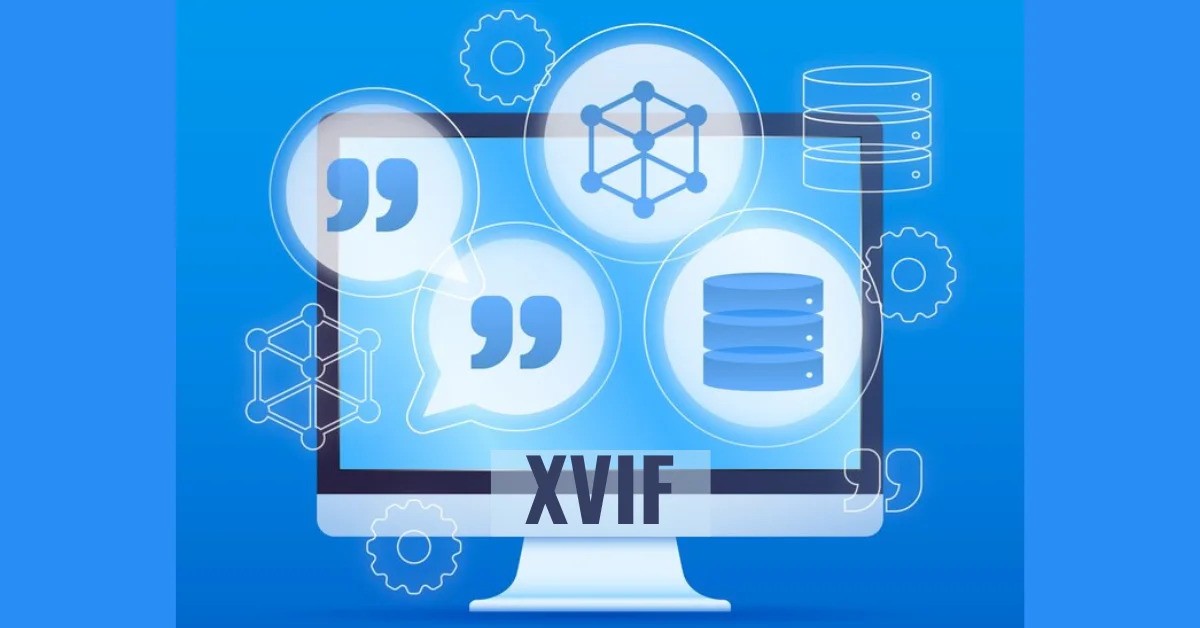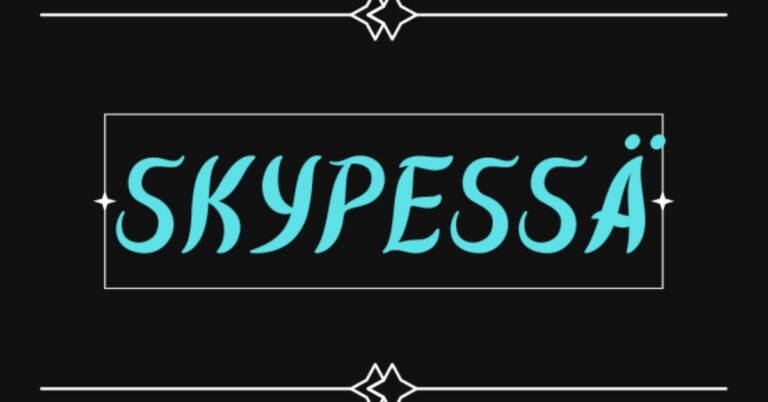The digital sphere continually evolves, prompting an incessant quest for efficient video compression and playback solutions. As technology advances, so does the demand for higher quality video content delivered seamlessly across various platforms and devices. Codecs play a pivotal role in this pursuit, dictating the delicate balance between file size and video quality. Among the plethora of codecs, it has recently emerged as a significant contender. In this article, we embark on a journey through the intricacies of XVIF, unraveling its origins, features, compatibility, and significance in the realm of video compression and playback.
Understanding XVIF
XVIF, an acronym for eXtensible Video Interchange Format, marks a relatively recent entry into the domain of video codecs. It is meticulously designed to offer efficient compression while upholding high video quality standards. Developed as part of an ongoing project aimed at enhancing video compression technologies, it addresses the challenges posed by the proliferation of high-definition video content across diverse platforms and devices.
At its core, it employs advanced algorithms to compress video files without compromising visual fidelity. This compression is achieved through a blend of techniques, including motion compensation, discrete cosine transform (DCT), and entropy coding. By optimizing the encoding process, it significantly reduces file sizes while preserving the essence of the original video content.
Features and Advantages High-Quality Compression
It excels in compressing video files without sacrificing quality. It employs sophisticated algorithms to minimize file sizes while retaining the clarity and detail of the video.
Versatility:
It supports a wide range of video formats, ensuring compatibility with various media players, devices, and platforms. Whether it’s playback on Windows, macOS, or mobile devices, It ensures seamless compatibility across different environments.
Efficient Playback:
With XVIF-encoded files, playback is smooth and efficient, even on devices with limited processing power. The codec optimizes video playback, ensuring a seamless viewing experience across different devices and applications.
Open-Source Support:
Its benefits from being an open-source project, fostering continuous development and improvement through contributions from developers. This collaborative approach promotes innovation, keeping XVIF at the forefront of video compression technologies.
Interoperability:
It promotes interoperability by offering support for popular media players and applications. Whether it’s VLC, Windows Media Player, or web browsers, XVIF-encoded videos can seamlessly integrate into existing playback environments.
Compatibility and Support Its compatibility extends across a wide range of devices, platforms, and applications. Whether you’re using a desktop computer, a smartphone, or a smart TV, XVIF-encoded videos can be played back effortlessly. Moreover, It is supported by popular media players such as VLC, Windows Media Player, and QuickTime, ensuring widespread compatibility across different software environments.
For developers and content creators, It offers comprehensive support through software libraries and development tools. These resources empower developers to integrate it support into their applications, enabling seamless video playback and distribution across various platforms.
Practical Applications The versatility and efficiency of it make it well-suited for myriad applications across different industries:

Streaming Services:
It enables streaming platforms to deliver high-quality video content efficiently, reducing bandwidth requirements without compromising the viewing experience.
Video Editing:
Video editing software can leverage its compression capabilities to optimize file sizes while maintaining editing flexibility and video quality.
Digital Signage:
It offers an efficient solution for delivering dynamic video content to displays and screens in the realm of digital signage.
E-Learning Platforms:
Educational platforms can utilize it to deliver high-quality video content to students across different devices and platforms.
Future Outlook As digital media continues to evolve, the demand for efficient video compression and playback solutions will intensify. In this context, it is poised to play a significant role in shaping the future of video technology. With its emphasis on high-quality compression, versatility, and interoperability, it stands as a formidable contender in the realm of video codecs.
Looking ahead, we can expect further advancements in its capabilities, driven by ongoing research and development efforts. These advancements will not only enhance its compression efficiency but also broaden its compatibility and support across different platforms and devices.
FAQs
What is XVIF?
It stands for eXtensible Video Interchange Format. It is a video codec designed to efficiently compress video files while maintaining high quality.
How does XVIF achieve compression while retaining video quality?
It utilizes advanced algorithms such as motion compensation, discrete cosine transform (DCT), and entropy coding to compress video files without compromising visual fidelity.
What are the key features of XVIF?
It offers high-quality compression, versatility in supporting various video formats, efficient playback across different devices, open-source support for continuous development, and interoperability with popular media players and applications.
Is XVIF compatible with different platforms and devices?
Yes, It is compatible with a wide range of platforms, including Windows, macOS, and mobile devices, ensuring seamless playback across diverse environments.
Which media players support XVIF-encoded videos?
Popular media players such as VLC, Windows Media Player, and QuickTime support XVIF-encoded videos, enabling widespread compatibility across different software environments.
How can developers integrate XVIF support into their applications?
Developers can leverage its comprehensive support through software libraries and development tools, empowering them to seamlessly integrate XVIF into their applications for efficient video playback and distribution.
What practical applications does XVIF serve?
It is well-suited for various applications, including streaming services, video editing, digital signage, and e-learning platforms, due to its versatility, efficiency, and high-quality compression capabilities.
How does XVIF contribute to the future of video technology?
As digital media continues to evolve, it is poised to play a significant role in shaping the future of video technology with its emphasis on high-quality compression, versatility, and interoperability across different platforms and devices.
Are there ongoing research and development efforts to enhance XVIF?
Yes, ongoing research and development efforts aim to further enhance its capabilities, including improvements in compression efficiency, compatibility, and support for emerging technologies.
Where can I learn more about XVIF and its applications?
For more information about XVIF and its applications, you can refer to official documentation, research papers, and resources provided by its development community. Additionally, stay updated with industry news and advancements in video compression technologies.

Conclusion
It represents a compelling solution for addressing the challenges posed by the ever-increasing demand for high-quality video content. Whether it’s streaming services, video editing, or digital signage, it offers a versatile and efficient codec that is poised to redefine the landscape of video compression and playback.
In a digital world where video reigns supreme, XVIF stands as a beacon of innovation, empowering content creators, developers, and consumers alike to unlock new possibilities in video technology.























+ There are no comments
Add yours